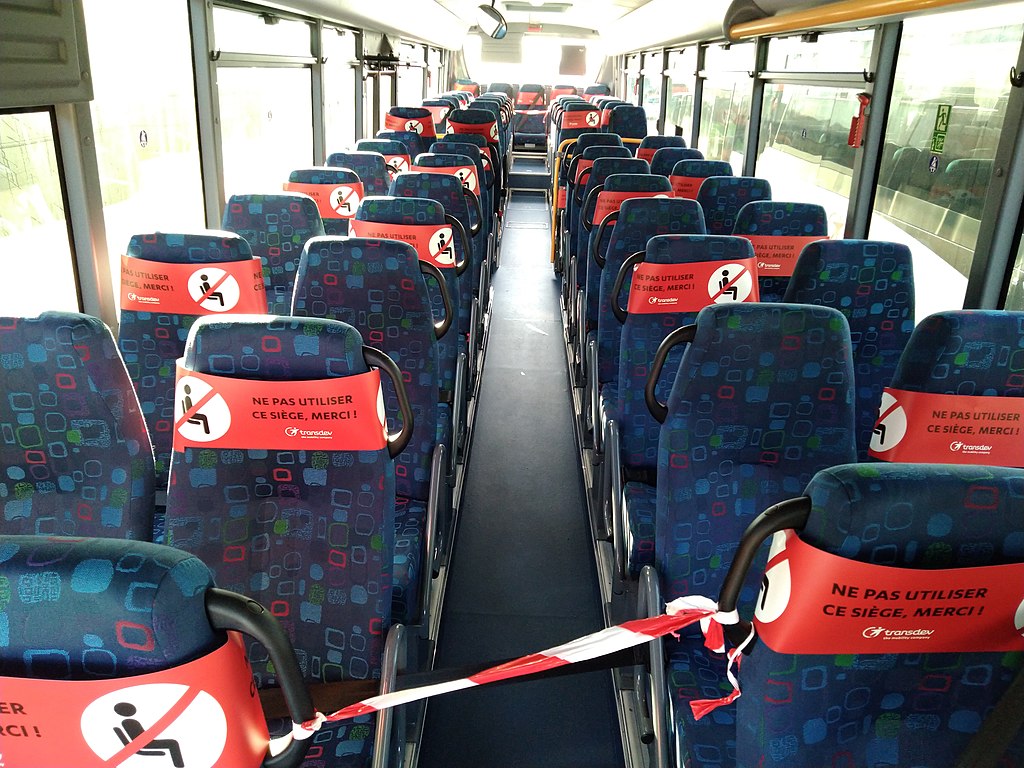Green pass yes, green pass no. What will happen in the means of transport

Marco Foti's speech
The control room of the CTS did not deal with the issue relating to the compulsory possession of the green pass on means of transport. President Draghi, on the occasion of the press conference to present the Covid Decree, stated that “school, transport and work have remained out of today's decree and will be dealt with very quickly, perhaps next week. They require specific measures ".
Why was the issue of transport not addressed at this stage?
Soon said. This arises from the different positions that are found among the experts, starting with the advisor to the Minister of Health who declares the "Green pass must also be mandatory for public transport such as buses and subways". While other authoritative stakeholders (virologists et al) instead suggest caution rather than dividing the mandatory nature of the pass for the different modes of transport.
Let's try to shed some light on this delicate issue by analyzing the different transport solutions available to users.
Planes. It is now known that the world's leading civil aviation aircraft manufacturers install filtering systems (HEPA) on board their aircraft, more than enough to constantly sanitize the air and reduce the risk of viral particles circulating in the cabin through the droplets of salive, in case a passenger inadvertently does not wear the mask. The system is now tested to the point that all carriers do not apply the quota and "fly" at full load.
Trains. On long-distance trains, the quota has been adopted at 50% of the maximum capacity and the checkerboard arrangement so that each passenger is about one meter away from the others. The two national companies have also adopted actions and interventions aimed at adopting systems similar to those adopted in airplanes, in addition to the government provision that provides for the use of the mask inside the trains.
On regional trains, the theme is very different. The Regions, which are located in the White Zone, have suggested to the transport companies to adopt the 80% quota rule. It must be said that the rolling stock, used for the regional service, uses “air conditioning systems, as well as those of other means of transport, which work with a mixture of recirculation air and replacement air coming from outside. In particular, all the air treated by the system introduced into the carriage is made up of about 2/3 of recirculation air and 1/3 of air taken from the outside (at least 20 m3 / h per passenger) for the necessary air renewal as required by the relevant regulations. To guarantee the hygiene, functionality and reliability of the air conditioning systems, there are air filters compliant with the required standards, cleaned and periodically replaced, as required by the specific maintenance plans by type of rolling stock "(Source Trenitalia, Quality Report of services 2020).
Bus, tram, metro and underground. They do not support advanced air exchange systems such as those adopted for long-distance rail services or for airplanes but, like regional trains, they have air conditioning systems available that partly allow air recycling. It seems to me necessary to remember, as already highlighted several times by various university studies, that there is no scientific basis that connects the practice of keeping a meter of distance between people and the difficulty of transmitting the virus. The now famous study of the University of Genoa has shown "that in the event of a stay of 30 minutes on board a public transport vehicle in the presence of an infected person, the risk of contracting the infection by the occupants is low if all wear the mask correctly ”. Traveling with the capacity at 100% of the load capacity, applying specific precautions (already in place such as filters and / or opening for air exchange) and traveling wearing the surgical mask so it seems that it is possible.
Green pass yes, Green pass no on means of transport, in my opinion today is not the most correct question we have to ask ourselves. The priority issue is that of being able to use public transport to its maximum capacity and with a different organization and programming of services from that which is still in place today.
Mobility habits of the population have changed for various reasons, starting with the possibility of working in smart working. Therefore, a new vision of city mobility, more dynamic, fast and characterized by a strong support of technologies, is needed on the part of all, the Ministry, the Regions, the local authorities and the management companies of TPL services.
Why not use apps similar to the green pass to “authorize” the entry of users on the means of transport that have purchased the ticket?
A provocation or a necessary reflection?
Ad maiora.
This is a machine translation from Italian language of a post published on Start Magazine at the URL https://www.startmag.it/smartcity/green-pass-trasporto-cosa-succede/ on Sat, 24 Jul 2021 06:14:55 +0000.
